10 Reasons Steel Hay Barns Are Essential for Modern Farming
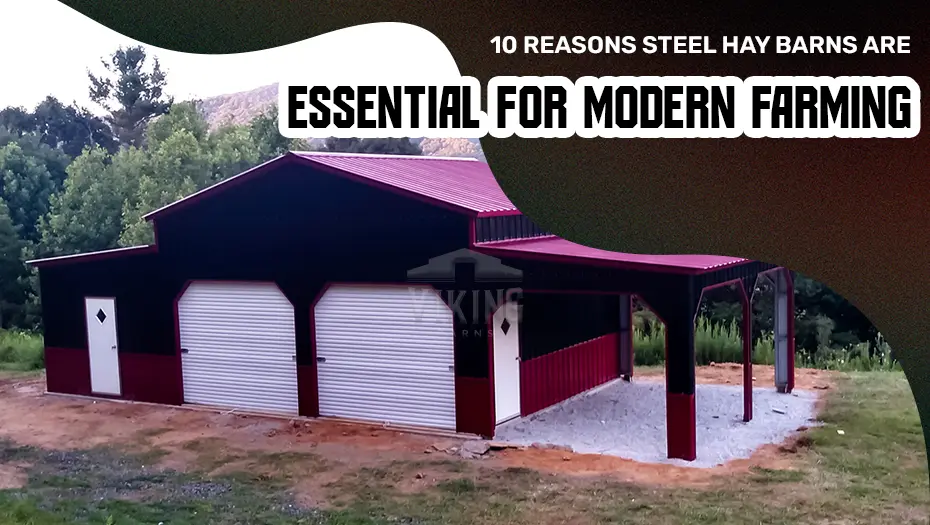
In the evolving world of agriculture, farmers’ tools, techniques, and practices directly impact their success and productivity.
Good quality hay, once harvested, should be stored in a dry place. With proper airflow, it can be stored for up to two to three years. The need for durable, reliable, and efficient storage solutions has become increasingly apparent with the modernization of farming practices. Steel hay barns have emerged over time as a crucial part of the essentials for contemporary farmers.
What Are Metal Hay Storage Barns?
Unlike Carolina barns, steel hay storage buildings are agricultural structures designed to store and protect hay and other feed materials. They are also used to store equipment, tools, and even machinery. Several farmers also introduce workshops within these hay storage barn designs.
How Have Metal Hay Barns Evolved?
The evolution of metal hay storage barns reflects how there have been crucial changes within the spectrum of modern farming with innovative metal farm buildings. While they originated as a durable alternative to wood, steel hay storage buildings have become an integral part of contemporary agricultural practices. Along with their benefits, they also offer innovative solutions aligning with the needs of today’s farmers.
Top 10 Reasons Why Modern Farmers Need Steel Hay Barns
Maximizing Crop Yield Through Secure Storage
A hay prefab barn offers a secure environment to store hay as well as other crops to ensure protection from moisture, pests, and environmental elements. This ensures that the quality of the stored hay is preserved, which is highly critical to feed livestock and maintain the value of the crop throughout the year.
Streamlining Farm Operations
A well-organized hay storage building ensures the overall efficiency of farm operations. Offering a designated and easily accessible space for hay storage, metal hay storage barns save farmers immense time and effort, which they can use to carry out other chores like feeding livestock or preparing for the market.
Adapting to Climate Change
As climate change becomes increasingly unpredictable, the resilience of hay storage barns ensures that farmers have a safeguard against adverse weather conditions. These barn designs are curated to withstand heavy snow, stronger winds, and even intense heat, making farmers feel at ease when dealing with climate uncertainty.
Supporting Sustainable Farming Practices
Steel hay barns are properly aligned with sustainable farming practices. They are not only made from recyclable materials, reducing their environmental footprint, but they are also highly durable, which minimizes the need for frequent repairs and replacements. This leads to less wastage and reduces the consumption of resources over time.
Enhancing Farm Safety
A hay storage building offers more protection against fire hazards than wooden structures. Steel is non-combustible, which also makes it the right choice to reduce the possibility of fire spreading within the barn in case of an accident. This would safeguard valuable assets as well as livestock. These advancements in farming with metal carolina barns show how steel buildings ensure safety and protection.
Facilitating Technological Integration
Modern farming essentially relies upon technological advancement. Steel barns allow for easy integration of high-end systems. These barns can be customized to accommodate various tools and tech mechanisms, ranging from automated feeding and watering setups to climate control systems. Seamless integration of the latest farm technologies optimizes efficiency and productivity.
Reducing Maintenance Hassle
Farmers see a major advantage when it comes to the low-maintenance nature of a hay prefab barn. While wooden barns require painting, sealing, and pest control, steel barns have minimal upkeep requirements. This allows farmers to focus on other critical operations than worrying about constant barn maintenance.
Cost-Effective Investment
Steel hay barn structures might be more expensive during the time of being set up, but the long-term savings are substantially high. With a longer lifespan and lower maintenance costs, they are the most cost-effective solution for farmers to store hay and feed. They are a financially sound investment.
Ensuring Flexibility and Expansion
Steel barns being adaptable is one of the major reasons for farmers to prefer these har storage structures since they can easily be expanded or reconfigured as per the changes in farm needs. Whether it is adding storage space or a clear-span area, the steel structures with their modular designs provide significant flexibility for a dynamic farming environment.
Promoting Farm Aesthetics
Keeping their functional advantages aside, steel hay barns also offer immense potential in terms of aesthetics. With customizable designs, colors, and finishes, they can transform the appeal of a farm. They can also be tailored to fit the farm’s landscape. Moreover, their presence can often increase the overall value of your farm.
How Much Do Hay Barns Cost?
Essentially, the average cost of the metal barns ranges from $5 per square foot to $125 per square foot. It can also be higher depending on the customizations and additions done.
The average cost for most popular metal hay barns is the following:
| Dimensions | Pricing |
| 30 feet x 40 feet | From $10,000 to $20,000 |
| 30 feet x 60 feet | From $12,000 to $20,000 |
| 40 feet x 60 feet | From $15,000 to $25,000 |
| 50 feet x 80 feet | From $30,000 to $42,000 |
| 60 feet x 100 feet | From $60,000 to $75,000 |
| 100 feet x 100 feet | From $75,000 to $100,000 |
| 100 feet x 200 feet | From $150,000 to $200,000 |
There are also additional costs to consider when building a metal barn, like:
- The cost of concrete for the foundation of your metal building can be up to $10 per square foot.
- The cost of interiors, including cabinets, drywalls, and shelves.
- The cost of setting up electric and plumbing supply.
Steel Hay Barns in Modern Farming
With proper maintenance, steel hay barns can last decades, and that makes them an ideal solution in terms of modern farming. You should customize them to fit your needs and ensure proper maintenance over time for their longevity. These hay barn structures can consist of horse arenas, storage spaces for hay, and even an office space.
However, it is advisable to plan a design that meets your needs before approaching a steel hay barn seller. This would help you make your steel hay barns a one-stop solution for all your essential needs as a farmer.
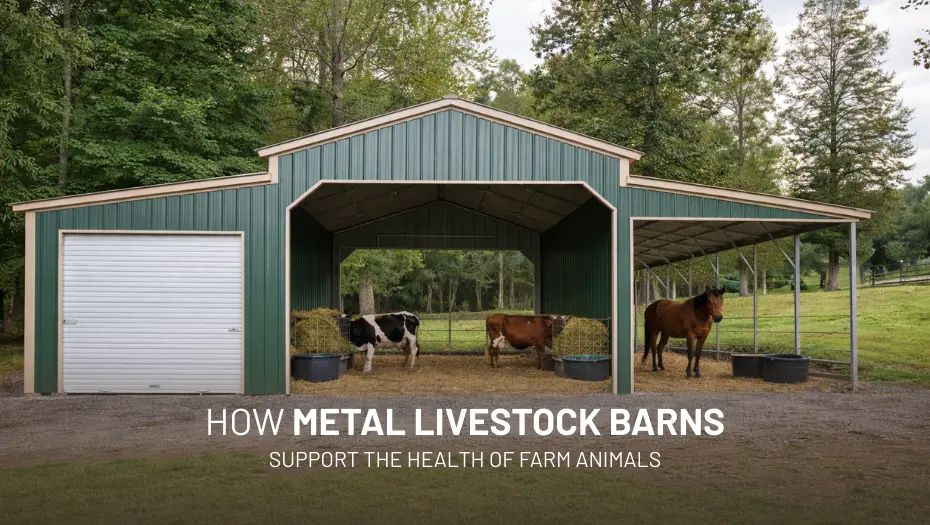


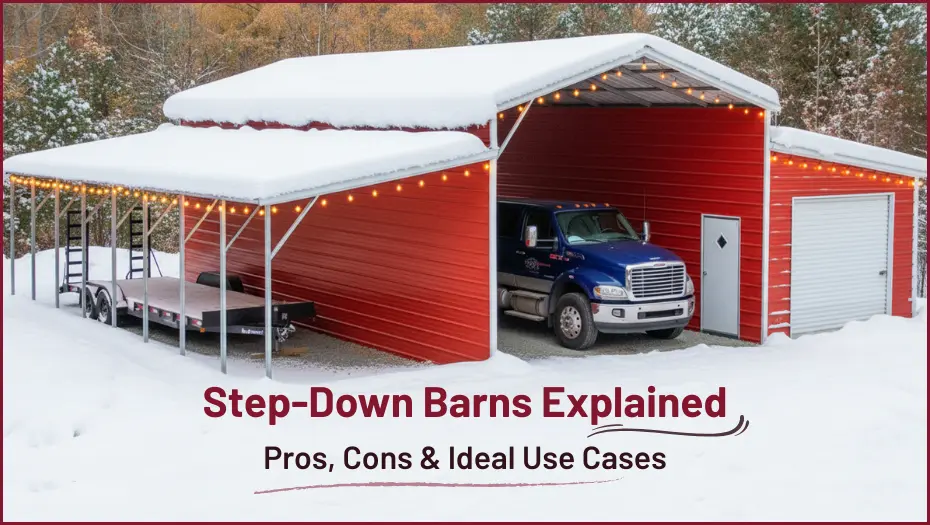
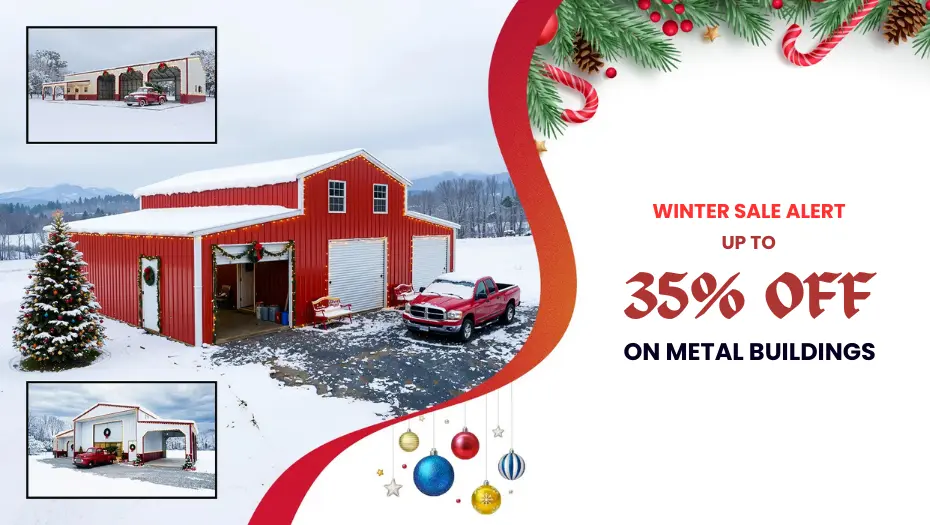
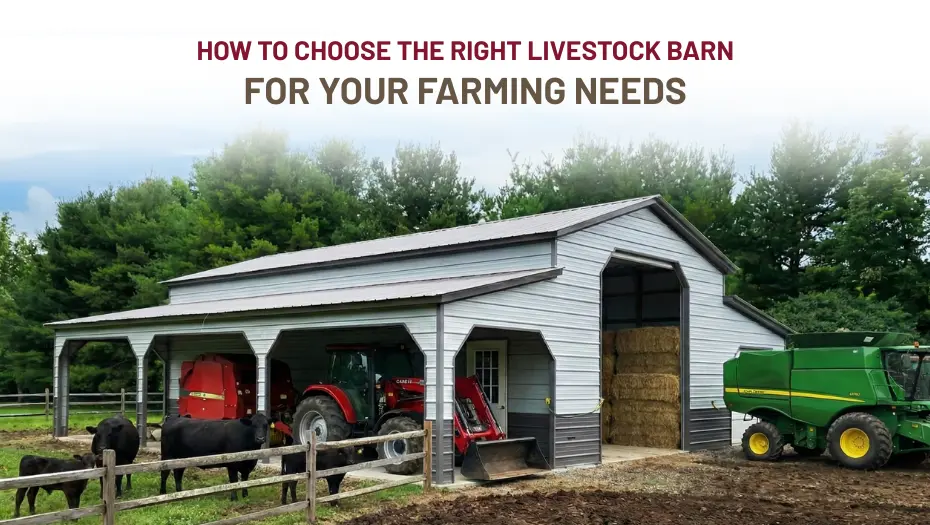
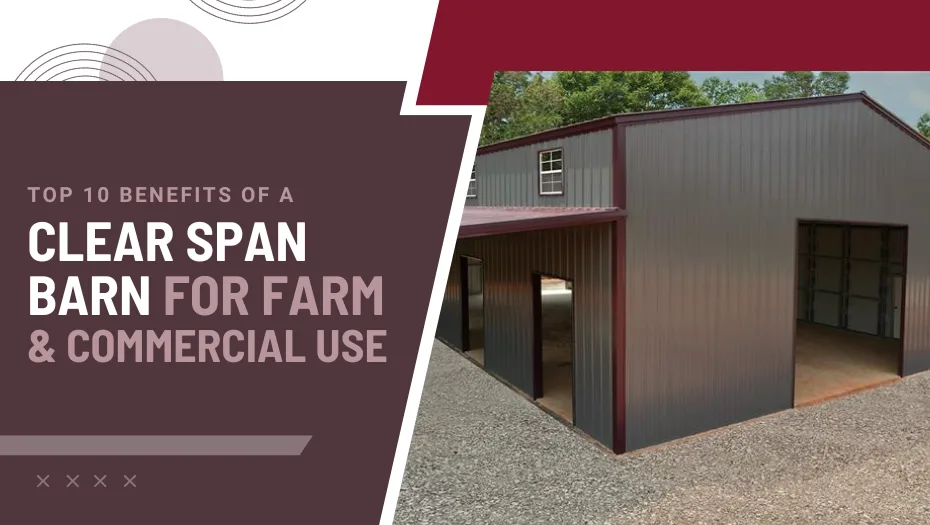
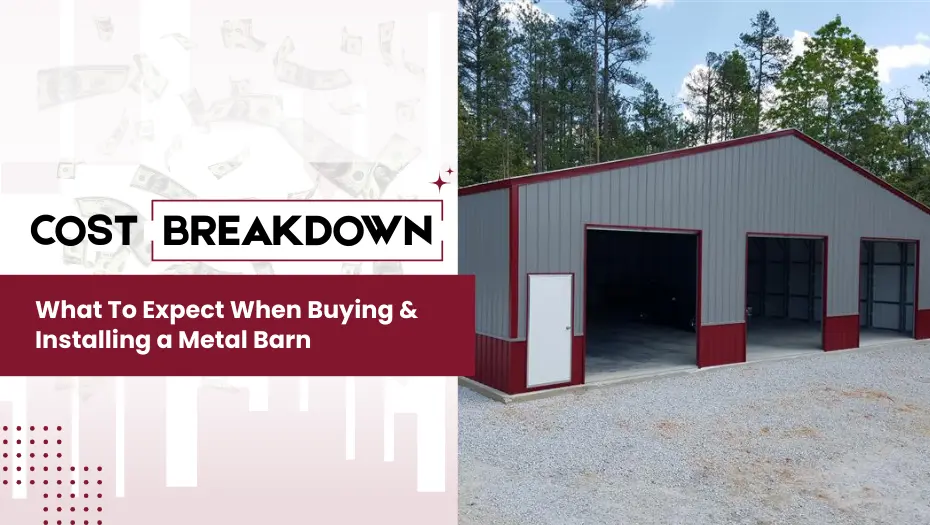
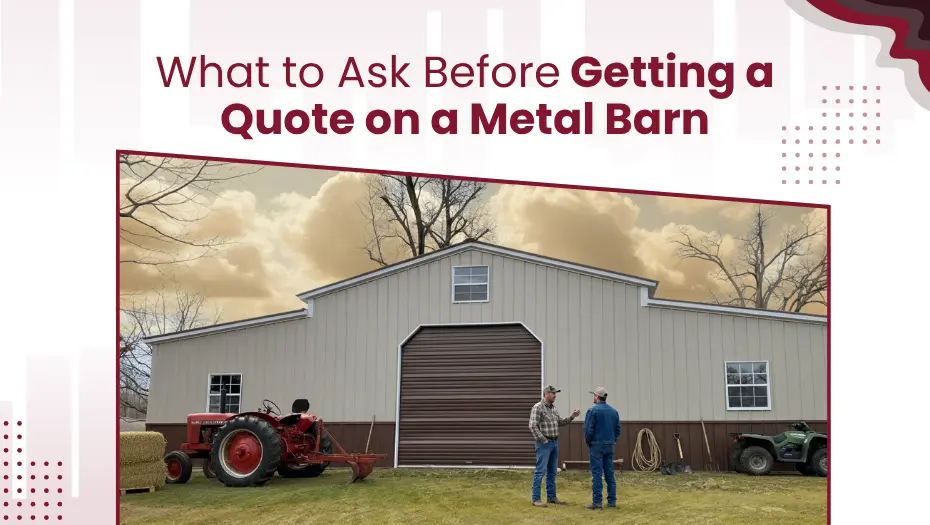
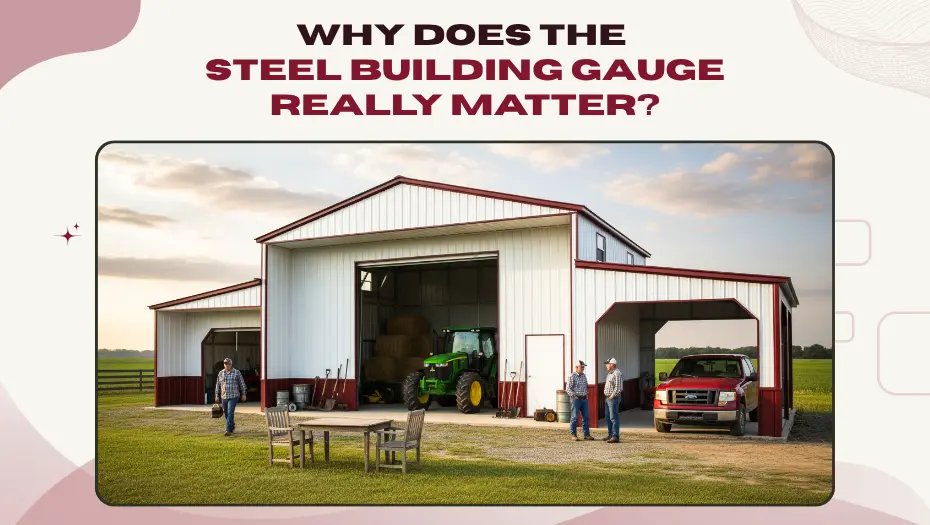
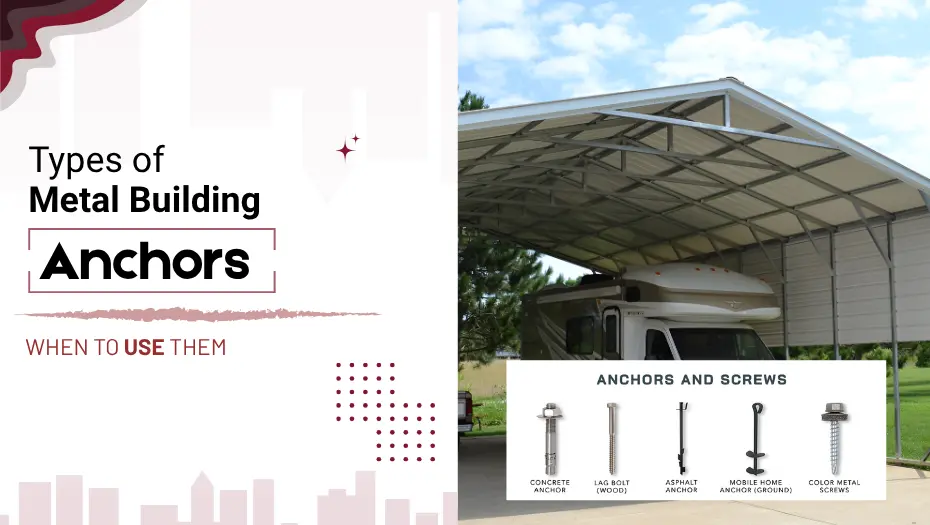


 Alabama AL
Alabama AL

 American Steel Carports Inc.
American Steel Carports Inc.